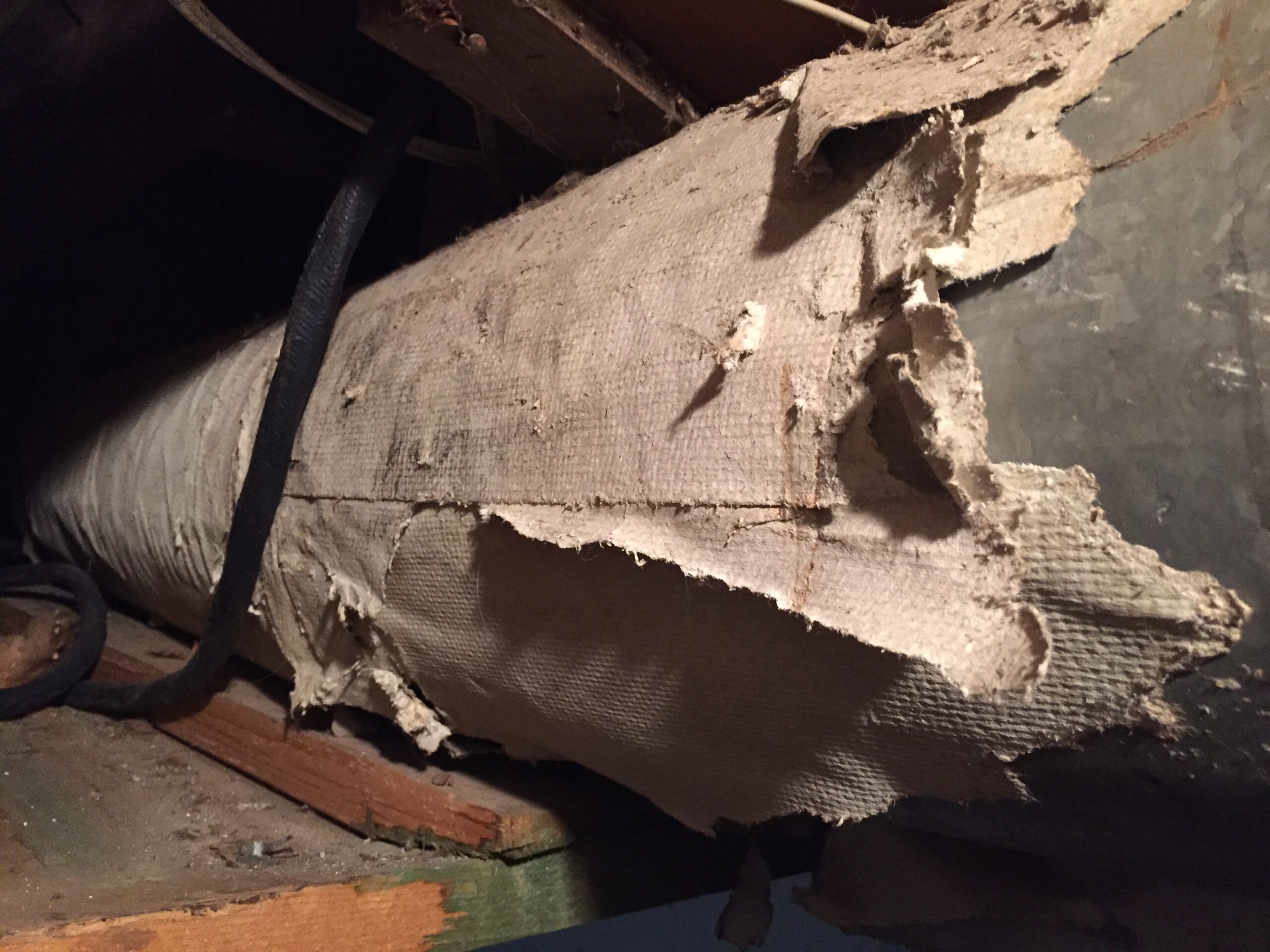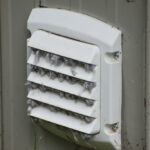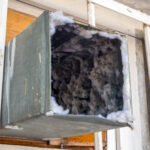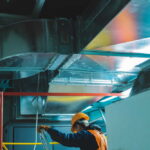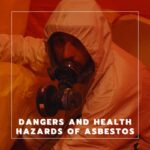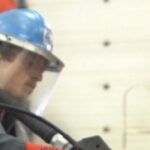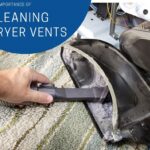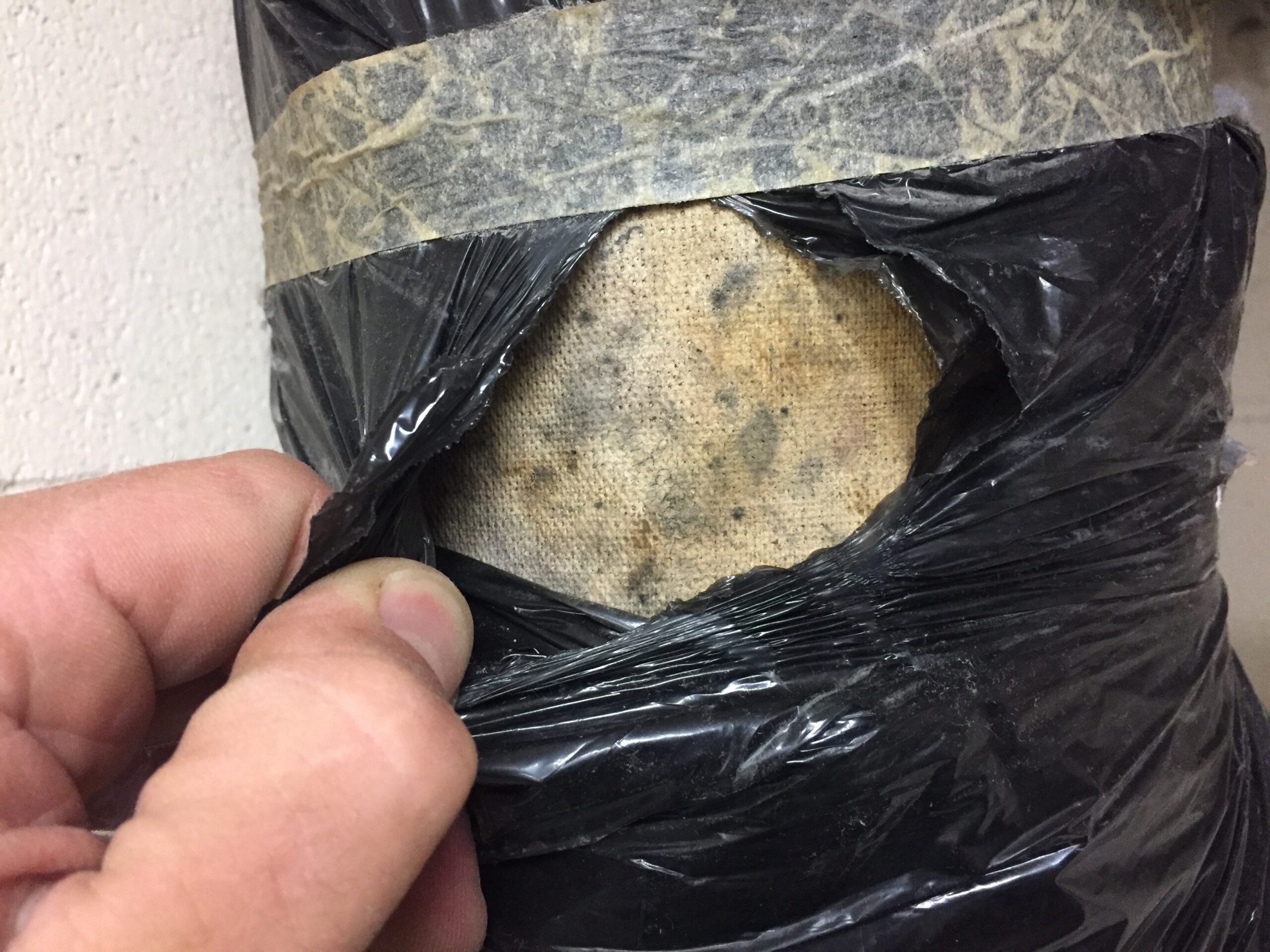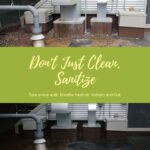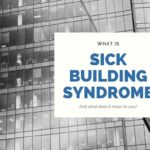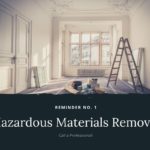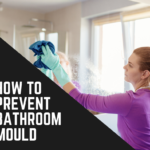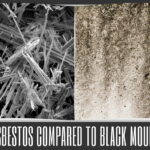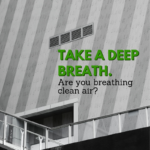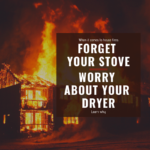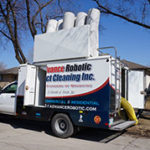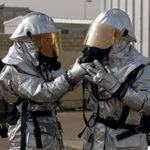Most of us have heard about Asbestos in the last few years, but how many of us really understand what it is and the risks associated with it? We’ve put together a list of questions and information that may help clarify.
Q: What is asbestos?
A: Asbestos is a term given to a number of naturally occurring minerals that posses a unique structure, are incombustible in air and can separate into fibers. These unique qualities make them desirable in many different materials, but also make its exposure highly toxic to humans. Another common term for asbestos containing material is ACM.
Q: What is the difference between friable and non friable asbestos?
A: When dry, an ACM is considered friable if it can be crumbled, pulverized, or reduced to powder by hand pressure. If it can’t, it’s considered non-friable ACM. Non-friable ACM is less of a threat as it does not release fibres into the air as easy as friable.
Q: What building materials contain asbestos?
A: Most products containing asbestos were discontinued after the 1980’s but it has not been completely banned in all products. Here are a few common building materials which may contain asbestos:
Stucco, Duct Tape/Paper, Vinyl sheet flooring, poured flooring, plaster, textured coatings, ceiling tiles/panels/mastics, spray-applied insulation, popcorn ceiling, joint compound, vinyl wall coverings.
Q: How can I identify what materials in my building contain asbestos?
A: It is in your best interests to hire an accredited professional to assess the materials and complete a site survey. While we can provide some general guidance on what to look for, it’s important to ensure you are meeting your legal responsibility to protect yourself and your contractors from liability in relations to products which may contain asbestos.
Q: Why is asbestos dangerous?
A: Asbestos fibres most often enter the body through breathing. Because it’s so hard to destroy asbestos fibres, the body cannot break them down or remove them from lung or body tissues. By remaining in place, they can cause disease such as Asbestosis, Lung Cancer and Mesothelioma.
Q: How can I protect myself from asbestos?
A: Asbestos removal should never be performed by anyone who does not have the training or specialized equipment to perform the job safely. If you suspect that asbestos is present and you are not qualified to work with it, the first thing to do is hire a professional to identify and confirm suspect material samples with lab results. They will test for asbestos and tell you how to proceed. If the asbestos material is not disturbed it doesn’t not pose a direct threat. If airflow is disturbing damaged asbestos containing materials, then action needs to be taken to resolve the situation immediately.
Q: How many asbestos samples do you need?
A: This is based on the scope of the project. Are you planning to scrape popcorn ceilings from a room, demolishing a property or is this a planned remodel to one or more rooms?
Surfacing materials:
Due to the nonhomogeneous nature of these materials several random samples per square foot are required:
0-1,000 square feet: three randomized samples
1,000-5,000 square feet: five randomized samples
5,000+ square feet: seven or more randomized samples
Thermal surface insulation (TSI):
At least three bulk samples from each homogeneous area
One bulk sample from patched areas of 6 linear feet or less
Miscellaneous Materials:
At least one sample per homogeneous area
Q: What qualifications are required for asbestos consultation?
A: In Manitoba there is no legal license required for consulting in the asbestos industry. Education, training and experience are required along with a recognized post secondary education degree such as CRSP(Canadian registered safety professional), CIH (Certified industrial hygienist), BSC (bachelor’s degree in science) or ROH (Registered occupational health & safety).
Q: What does asbestos abatement look like?
There are 3 types of asbestos abatement depending on the risk level:
Type 1 (least precautions required)
Type 2 (moderate precautions required)
Type 3 (highest precautions required):
Some of the steps include setting up hoarding with negative air pressure, wearing full PPE, soaking the asbestos containing materials before removal to prevent it from getting into the air, proper disposal and more.
At Advanced Environmental, we have over 25 years of experience in residential, commercial and industrial asbestos abatement in all stages of development or maintenance. Contact us today to discuss your asbestos removal project!

